Our Research
Immunotherapies are a way of treating disease through activating or suppressing the immune system. Immunotherapies used to treat cancer and infectious disease serve to activate the immune system so that it eliminates the cancer or infection. Conversely, for diseases such as autoimmunity, inflammation, and prevention of organ rejection after transplant, immunotherapies used to suppress the immune system are needed. There are different types of immunotherapies that work in different ways to either activate the immune system or suppress it. The broad categories of immunotherapies are described below.

Research Focus Areas
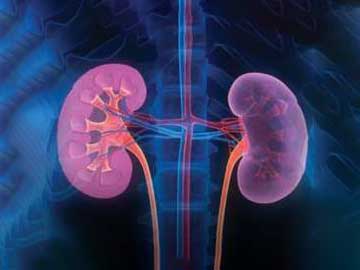
Transplant Immunology
Research activities have contributed significantly to the current successful outcomes of organ transplantation.
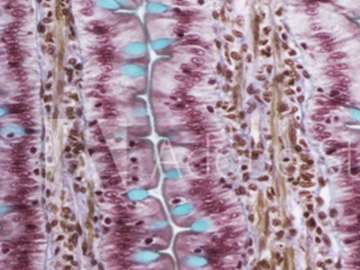
Autoimmunity and Inflammation
We are exploring the potential to use plasmapheresis, monoclonal antibodies, and cellular therapies to treat autoimmunity.

Immuno-oncology
Physicians and researchers have developed ways to make the immune system recognize and attack the previously undetected cells.
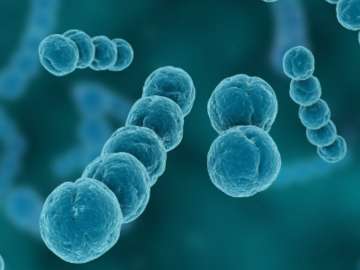
Infectious Disease
Therapies such as immunotherapies, are being sought to address antimicrobial resistance
Research Projects
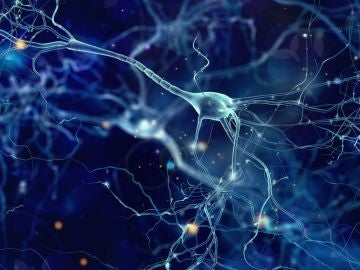
Understanding the biology of the central nervous system barriers in health and in inflammation
Research in the Alvarez lab is aiming to understand the biology of the Central Nervous System (CNS) barriers under homeostatic and inflammatory conditions. These barriers selectively restrict the molecular and cellular trafficking between the periphery and the CNS, but also serve as a signaling interface that actively regulates exchanges between both compartments. They are composed of the blood-brain barrier (BBB), the blood-meningeal barrier (BMB), and the blood cerebrospinal fluid barrier (BCB). Their previous work has demonstrated that these barriers and their surrounding microenvironment (i.e: glial cells via the Hedgehog pathway) are fundamental in regulating the development of inflammatory responses within the CNS.
The Alvarez laboratory studies these barriers in the context of diseases like Multiple Sclerosis in humans and granulomatous meningoencephalitis in dogs and by experimentally integrating in vitro, in vivo, ex-vivo, and in situ assays making use of human and animal systems. These efforts are strengthened by interactions with local and external clinical centers, which aim to harmonize scientific endeavors with the current understanding of human diseases.
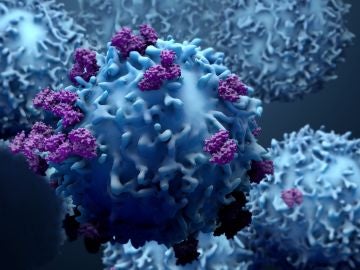
Development of “off-the-shelf” regulatory T cells for transplant tolerance
Success and quality of life following organ transplantation are currently limited by side effects of long-term immunosuppressive therapy, graft-versus-host disease (GVHD), and late graft rejection. Researchers at Penn are pioneering transplantation advances to gain a better understanding of mechanisms of and ways to prevent solid organ transplant rejection and GVHD. Currently, solid organ transplants are not performed in canine patients due to significant morbidities/mortalities associated with GVHD and the severe immune suppression required to maintain the allograft and prevent its rejection. As such, advances in bringing these life-saving approaches into the canine clinic will require novel strategies that aim to induce allograft tolerance without the need for long-term immunosuppressive therapy. Furthermore, the development of effective tolerizing therapies that enable successful transplant may also have significant value in the treatment of debilitating autoimmune conditions such as pemphigus, systemic lupus erythematosus, and auto-immune hemolytic anemia.
Preliminary studies suggest immune regulatory cell populations, such as regulatory T cells (Tregs) are associated with acceptance of allografts and prevention of autoimmune conditions. Lack of Tregs or their dysfunction leads to autoimmunity underscoring their crucial role in maintaining peripheral self-tolerance. Due to their potent immune suppressive function, the adoptive transfer of Tregs is being explored in clinical trials for the treatment of GVHD, autoimmune diseases, prevention or rejection and the induction of transplant tolerance. However, the frequency of Tregs in the blood is extremely low necessitating effective methodologies to isolate and expand them ex-vivo to produce enough for therapeutic effect. Researchers at the University of Pennsylvania have significant expertise in the development and use of cellular therapies for cancer, autoimmunity, and transplant.
Impact: Our expertise in Treg biology, canine cell therapy, animal transplantation surgery, and immunology, positions us to make rapid progress with this highly relevant and feasible approach.

Developing cellular therapies to treat autoimmune disease
In many autoimmune diseases, damage to the tissues is driven by the production of autoantibodies. The self-antigen targeted by these autoantibodies is known in canine diseases such as pemphigus foliaceous and vulgaris, myasthenia gravis, and masticatory myositis. Furthermore, autoantibodies against these antigens can be readily measured in the peripheral blood. Recent evidence in human medicine indicates that elimination of B cells and early plasmablasts using re-directed T cell therapy leads to elimination of B cells and early plasmablasts, loss of auto-reactive antibodies, and dramatic improvement in clinical signs and outcome. Interestingly, despite the return of B cells in the peripheral blood, disease remission appears to be maintained without the need for ongoing immunosuppressive therapy.
Multiple clinical trials are now ongoing in human medicine to further explore this potentially curative approach. The researchers at the University of Pennsylvania developed the first canine CD19 targeting chimeric antigen receptor T cells (CART-19), and are now investigating their use in pet dogs with clinical autoimmune disease.
Impact: The unique combined expertise in canine CAR-T cell biology and therapy, and in veterinary dermatology and internal medicine within the Comparative Immunotherapy Program enables this cutting-edge clinical approach to be applied to veterinary autoimmune diseases. This advance aims to welcome in a new era of safe and more effective treatments or cures for these diseases which would otherwise require life-long immune suppressive treatment.
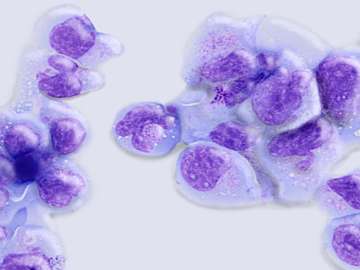
Advancing iNKT therapies for cancer, autoimmunity and transplant
Invariant Natural Killer T (iNKT) are a population of ‘non-conventional’ immune cells known as T cells that have potent killer and immunomodulatory properties. iNKT cells express an invariant T cell receptor which unlike conventional T cells, recognize glycolipid rather than protein fragments (peptides). Unlike conventional T cells, this rare T cell population can be collected from healthy donors and administered to unrelated individual patients for therapeutic purposes, without the need for genetic editing and without development of a serious condition known as graft versus host disease (GVHD). These cells are being investigated as an “off-the-shelf” product to treat a variety of medical conditions, including cancer and transplant rejection.
Antonia Rotolo in the Department of Pathobiology and the Comparative Immunotherapy Program at Penn Vet is taking a comparative approach to understand more about the basic biology of these cells in humans and in dogs. She has identified remarkable similarities in iNKT cells between these two species. Using genetic engineering approaches, she has successfully armed iNKT cells to increase their activity against cancer cells and these cells will be used in a pilot clinical trial to treat canine patients with metastatic osteosarcoma in the near future. In addition, and in collaboration with Lillian Aronson, Antonia Rotolo and Nicola Mason will investigate the ability of these cells to enable successful organ transplant in dogs with end-stage kidney failure who require a kidney transplant to survive.

Understanding the mechanisms of resistance to checkpoint inhibition in urothelial carcinoma
Immune Checkpoint Inhibitors (ICI) have revolutionized the treatment of locally invasive and metastatic Urothelial Carcinoma (UC). However, fewer than 25% of patients show dramatic clinical response to the commonly utilized anti-PD1 checkpoint inhibitor and no single prognostic correlate has emerged as a valid predictor of outcomes. Unraveling the molecular mechanisms that underpin response to anti-PD1 therapy will enable the development of novel predictive biomarkers and rational therapeutic combination strategies to improve clinical response. Client-owned pet dogs develop spontaneous invasive UC (invUC) that shares similar features to human invUC and represent a parallel patient population to study anti-PD1 response or resistance and test combination strategies that can inform human clinical trial design.
Use of canine invUC as a translational model to inform human invUC immunotherapy has been hampered by the lack of comparable immunotherapeutics and tools to assess canine immune response and correlative biomarkers. As early adopters of the comparative oncology approach, our team has developed novel genomic, phage display, and immune assessment tools specifically for use in the dog. These will allow us to directly test the hypothesis that high tumor mutational burden (TMB) correlates with tumor immune profiles present in canine invUC and that effective anti-PD1 therapy will enhance a type I immune infiltrate within the TME. We have generated a comprehensive canine oncopanel targeting 284 oncogenic driver genes, for rapid determination of TMB.
We have also generated a fully canine anti-PD1 monoclonal antibody that is now being evaluated in a pilot clinical study to investigate predictors of anti-PD1 response and resistance. In our pilot canine clinical study, we are analyzing invUC biopsy samples taken before and after anti-PD1 therapy and analyzing these samples using cutting-edge assays to identify correlative biomarkers of response and determine how tumor and immune cell subsets within the tumor contribute to anti-PD1 resistance. Our unique team of experts at the University of Pennsylvania School of Medicine and Ryan Hospital will assess the clinical, biological, and immunological responses of dogs with invUC to ICIs, providing insight to improve the outcome of dogs and humans with invUC.
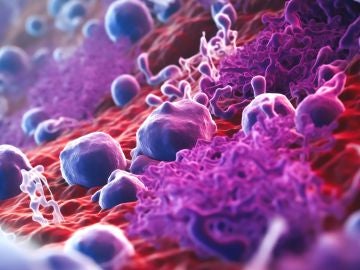
Elucidating the mechanisms of the protective role of mast cells in IBD
Ulcerative colitis (UC) is a debilitating and poorly understood disease that is characterized by neutrophilic infiltration of the colon. Recent evidence from human and mouse studies show how non-secretory IgA retained in the lamina propria complexes with translocated antigens, activating neutrophils and inciting a self-amplifying loop of neutrophilic inflammation and IgA production that contributes to UC pathology. IgA class-switching can be modulated by mast cells in the colonic lamina propria, but how this impacts intestinal inflammation is unknown.
The Lennon lab’s previous work in both a chronic, spontaneous colitis model and chemical colitis model demonstrates that mast cell-deficient mice have more severe colitis than wildtype cage mates, and that mast cell reconstitution ameliorates colitis, demonstrating that mast cells suppress colonic inflammation. Since excessive IgA levels exacerbate local intestinal inflammation, they hypothesized that mast cells in the colonic lamina propria limit colitis by regulating IgA production. To test the hypothesis, researchers applied the oxazolone colitis model and discovered that mast cell-deficient mice have increased IgA+ plasma and memory B cells in both the colonic lamina propria and draining lymph node as well as elevated total serum IgA protein compared to wildtype controls. These data suggest that mast cells act upstream of a previously defined pathogenic IgA-neutrophil loop, and that further studies are required to establish whether runaway IgA production causes the enhanced colitis observed in mast cell deficiency as well as identify candidate mast cell signals.
Impact: This project aims to determine if and how mast cells regulate IgA production in a mouse model of ulcerative colitis. The work represents a new line of inquiry into the pathogenesis of this disease with the potential to discover a new therapeutic targets that may inform the treatment of inflammatory bowel conditions in both humans and companion animals.
